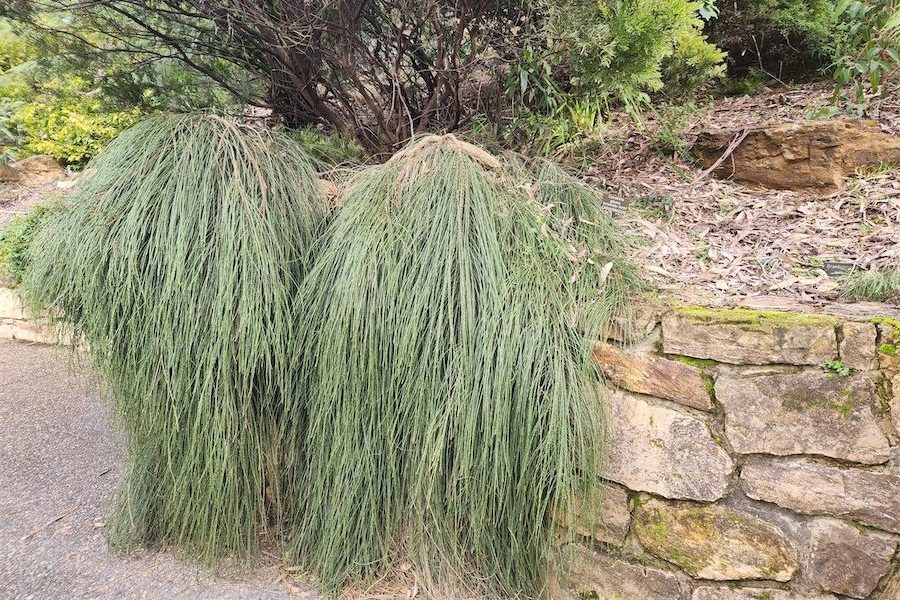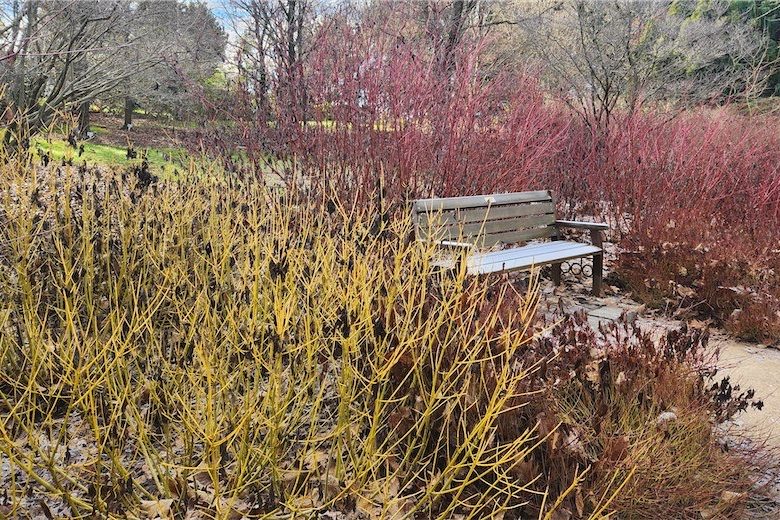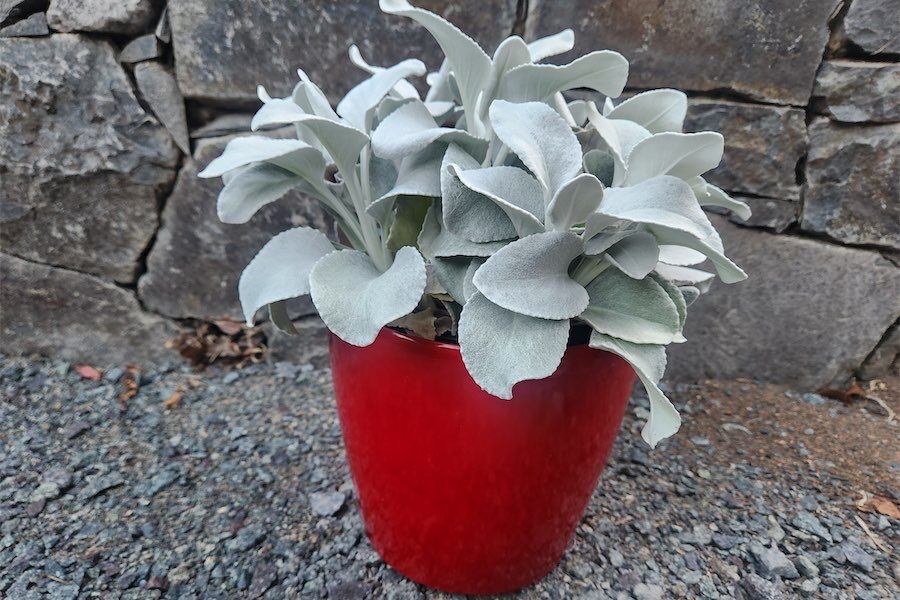
In a native garden there’s always room for a casuarina. They range from large trees to ground covers, says gardening writer JACKIE WARBURTON.
The most common casuarina in our region is the large she oak (Casuarina cunninghamiana), which grows along our rivers, lakes and waterways.

If space is at a premium and you still want to grow casuarinas, then a grafted plant will be easier. Cousin it (Casuarina glauca) will grow successfully here. It also grows well in pots. The National Botanic Gardens has a display of casuarinas.
Considered a long-lived plant, it grows best cascading over a wall with a spread about a metre wide. Botanically, the leaves of the genus Casuarinaceae are small scalelike teeth that grow in branchlets. They photosynthesise the same way as leaves do and this only occurs in this genius, which makes them easy to identify.
They are dioecious and can be male or female trees except for Casuarina equisetifolia, which would only be successful to grow on the south coast or a warmer climate. But there are local species to try for large gardens or acreage, such as forest oak, black oak or drooping she-oak, which is my favourite and worth growing as a large shrub or small tree.
It has lovely pendulous branches, with female cones that are decorative and stay on the tree for several years or the male tree that produces copious amounts of pollen and can be an attractive garden feature in the autumn.

NOW all the leaves have fallen and we are deep into winter, some of the bark from shrubs and trees can put on a show and none other than the Siberian dogwood.
It has many other common names such as red stem dogwood or even Sibirica, but botanically it’s Cornus alba. In spring, its new growth is lush and has lovely cream/white flowers in summer. It’s great for growing as an informal hedge.
It’s also a good plant for reducing erosion and it doesn’t mind soggy feet making it a good plant for a rain drain or a boggy area of the garden. It grows well on the edge of a dam and will spread. It is most striking in winter when the leaves have fallen and the vibrant stems can be seen.
There is also a striking, yellow-stemmed dogwood (C. sericea) that grows up to three metres tall or can be pruned shorter. It’s a tough plant with year-round interest that’s most effective when planted en masse.
KEEP watering rhododendrons, azaleas, magnolias and any shrubs that are coming up to flowering in late winter or early spring.
IT’S a good time to be dividing perennials such as shasta daisies, heuchera and any clumping perennials.
They can be divided with a sharp spade, making sure there still are roots attached to the main stem of the plant. Then replant into the soil or a pot and water when new growth appears.
Garden tools can get a clean while the digging has quietened down, and any wooden-handled tools can have a rub of linseed oil. Any machinery that gets used a lot in the warmer months, such as mowers and whipper snippers, can do with a service ready for spring and summer use. Prepare soil with a little lime for growing onions, beans and peas. They can be planted in late winter or early spring and will be ready to harvest in February. Don’t plant too deeply or over water until the weather warms up.
Jottings
- Pick broccoli, silver beet, spinach to encourage more growth.
- Spray stone fruit with a fungicide to prevent shot hole and leaf curl.
- Add dolomite lime to keep the pH at 6-7 for apple trees.
Who can be trusted?
In a world of spin and confusion, there’s never been a more important time to support independent journalism in Canberra.
If you trust our work online and want to enforce the power of independent voices, I invite you to make a small contribution.
Every dollar of support is invested back into our journalism to help keep citynews.com.au strong and free.
Thank you,
Ian Meikle, editor





Leave a Reply